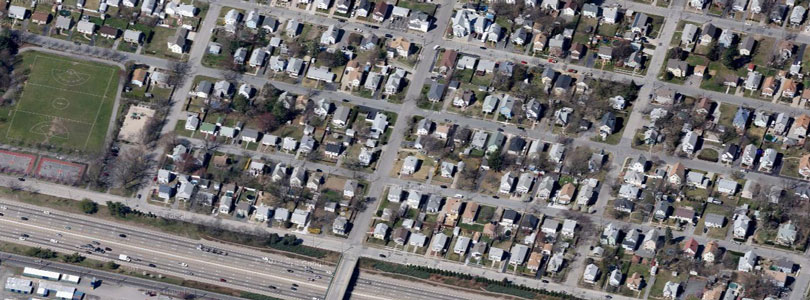Activists See Government Financial Motive Behind Halfway Houses
“Follow the money.”
That recommendation comes from Carolyn Medeiros and other community activists who have expressed concern over the number of halfway houses concentrated in Cranston and Providence. Although she favors certain rehabilitative efforts, Medeiros, who is the executive director of the Alliance for Safe Communities (ASC), points out that government officials have an obligation to prioritize public safety.
“There are legitimate programs aimed at former inmates, especially non-violent offenders, that are very appropriate, and they deserve support,” she said. “But, at the same time, there is a lack of transparency over some of the homes located in close proximity to our neighborhoods and schools that should be called into question.”
Medeiros has been a persistent critic of a non-profit outfit based in the Silver Lake area of Providence called OpenDoors that offers support services to former inmates.
“Our philosophy is that community comes first,” Carolyn said. “But that’s not what we see happening with OpenDoors. There is a political machine at work here, and a lot of money flowing into this program. That’s what people need to understand.”
The OpenDoors re-entry program “uses a holistic approach” to support criminal offenders as they make the transition from prison life back into the community, the organization explains on its web site. OpenDoors, which was previously named the Rhode Island Family Life Center, has committed itself to reducing recidivism “by streamlining opportunities for ex-offenders to become integral members of the community and society, nurturing personal responsibility, and advocating for the removal of social and legal barriers to re-entry.” The organization also favors what it describes as a “smart-on-crime criminal justice approach.”
But critics insist that OpenDoors could potentially open the way to criminal activity in vulnerable areas. For this reason, the halfway houses are already becoming an issue in election campaigns at the local level. Diana Gordon, a candidate for Cranston City Council in Ward 2, who also runs the area Crime Watch program, has identified four halfway houses “within a 15-block radius in around the Auburn section of Cranston.”
“Can halfway houses hold child molesters, felons murderers and dangerous criminals?” she asks. “Can those released into the homes walk unsupervised in our neighborhoods?”
Even the police are not informed of the halfway homes, their locations, and who is residing in them, Gordon said. However, a legal dispute between the Rhode Island chapter of the American Civil Liberties Union (ACLU) and city officials has recently focused attention on residences that house individuals with criminal records.
Superior Court Judge Sarah Taft-Carter is expected to rule on the constitutionality of a law that prohibits sex offenders from living within 300 feet of schools. Until then, the police have agreed to refrain from arresting three individuals in the Providence area.
In 2010, the OpenDoors program received $1.8 million in federal Tax Credit Exchange Program (TCEP) funds as part of President Obama’s stimulus package, known formally as the American Recovery and Reinvestment Act (ARRA), according to Rhode Island Housing, a “self-sustaining public agency.”
“The homes at OpenDoors are a prime example of the type of innovative thinking and doing that Rhode Island needs in order to build a brighter future for the families who live and work here,” Richard Godfrey, Executive Director of Rhode Island Housing, said at the time. “We are not only providing a safe, healthy home environment and access to important services for long-term personal success, but also making smart decisions for sustainable communities by re-using abandoned property and constructing homes where access to jobs and services are within walking distance. We are using federal stimulus funds to create jobs today to build a better tomorrow.”
Other government funding sources for OpenDoors identified through Rhode Island Housing include the following:
- Rhode Island Housing Deferred Payment Loan: $94,954
- Tax Credit Exchange Program (TCEP): $1,777,801
- Neighborhood Stabilization Program (NSP): $850,000
- State-Funded and HRC-Allocated BHRI Funds: $760,000
- City of Providence HOME Funds: $500,000
- EPA Cleanup Grant: $200,000
- DEM Grant: $50,000
- Developer Fee Contribution: $80,500
- Corporation for Supportive Housing: $25,000
There appears to be some merit to the idea that government funding has been a major impetus behind the halfway homes that community activists view as a potential danger to the safety and security of young children and other vulnerable residents.
Medeiros, the ASC executive, has been keeping careful tabs on re-entry efforts at the national level. The U.S. Justice Department has been a key player here, she notes. Attorney General Eric Holder convened the “inaugural meeting of the interagency Reentry Council” early last year.
She is concerned the programs are accelerating throughout the country in areas with young families without any meaningful oversight.



